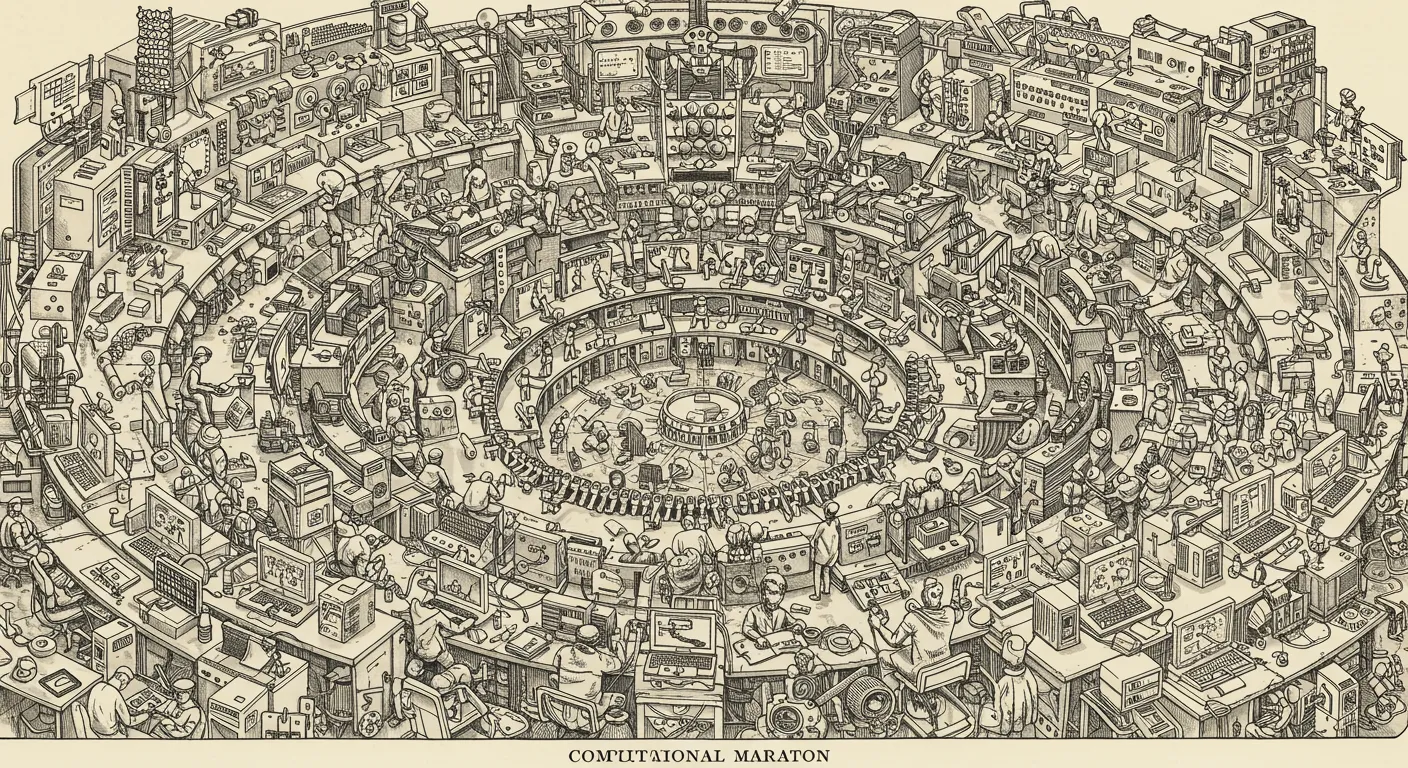In the world of word games and computational puzzles, a single programmer has achieved what many thought impossible: finding the mathematically optimal Boggle board after two decades of persistent research.
Dan Vanderkam's journey began in 2004, driven by a seemingly niche obsession: determining the absolute highest-scoring configuration for a Boggle board. What started as a personal challenge turned into a computational marathon that would eventually catch the attention of mainstream media, including the Financial Times.
The problem was deceptively complex. With an astronomical number of possible board configurations—somewhere in the 20-digit range—examining every potential board was mathematically unfeasible. Traditional computing approaches would have taken hundreds of millions of years to complete.
Vanderkam's breakthrough came through innovative computational techniques that dramatically reduced the search space. Leveraging Google's hardware and developing sophisticated algorithms, he managed to narrow down the possibilities. The final solution required 23,000 CPU hours on a high-end 192-core machine, costing approximately $1,200 and consuming just five human days.
Online commentators have praised Vanderkam's persistence, comparing his achievement to other "nerd sniped" pursuits like discovering large prime numbers—a testament to the pure joy of solving seemingly impossible computational challenges.


